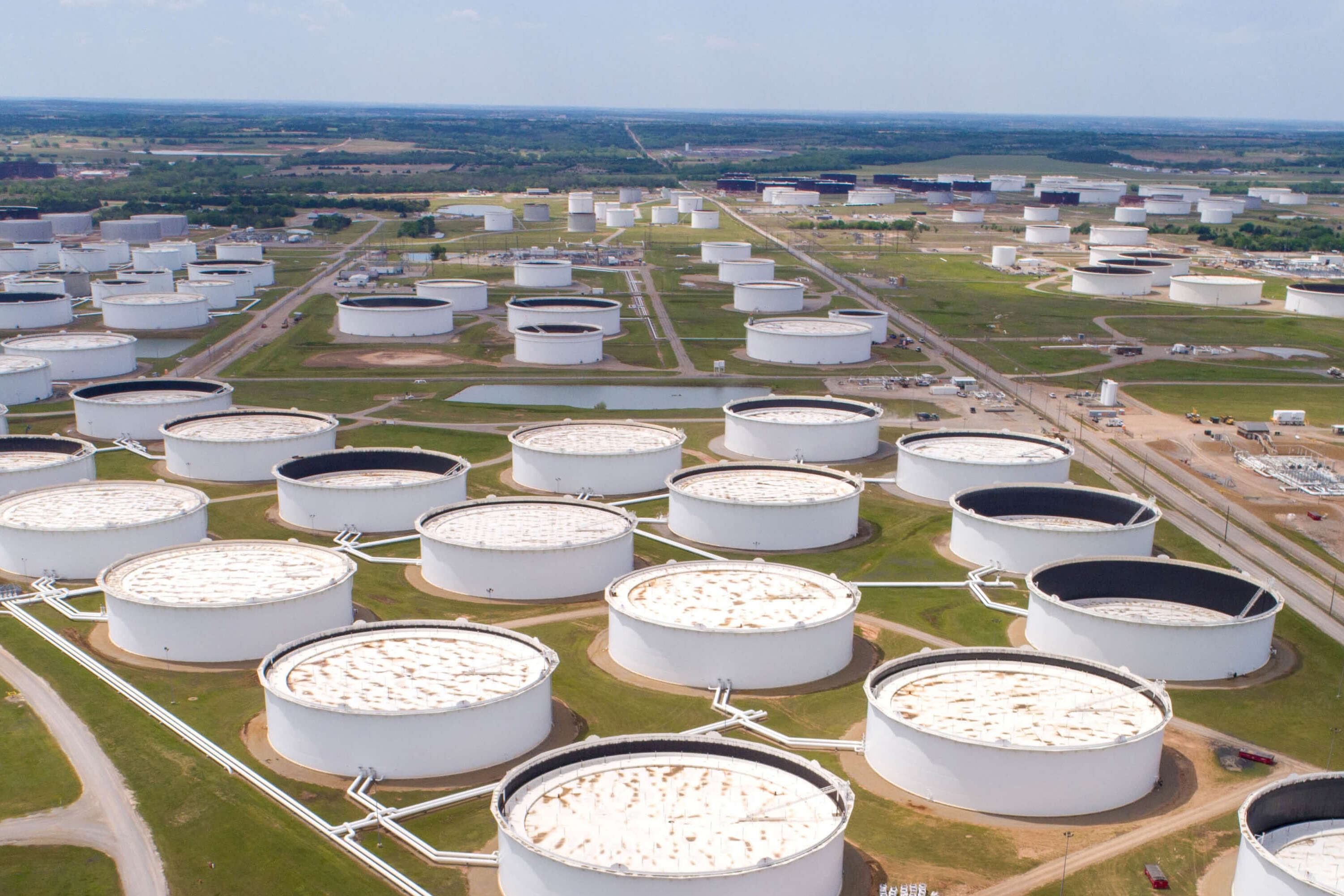Crude Oil Price Movements
Crude oil prices held steady on Tuesday as investors focused on summer driving demand and awaited U.S. inflation data. Brent futures for August settlement were down slightly at $85.95 a barrel, while U.S. crude futures remained flat at $81.63. Both benchmarks gained about 3% last week, marking two straight weeks of gains, reaching their highest levels since April.
Supply Disruptions and Maintenance
Russian Oil Exports
Russian crude oil exports by sea fell by 660,000 barrels per day (bpd) last week due to maintenance at the ports of Primorsk on the Baltic Sea and Kozmino in the Far East. The four-week average exports also dropped by around 45,000 bpd to 3.37 million bpd. Despite promises to adhere to OPEC+ output targets, Russia continued to increase its crude oil exports by sea before the maintenance.
Ukrainian Attacks and Geopolitical Tensions
Recent Ukrainian drone attacks on Russian oil infrastructure, including four refineries, have added to supply concerns. Additionally, tensions between Israel and the Iran-backed group Hezbollah have helped keep a floor on oil prices.
Financial Market Reactions
U.S. Inflation and Federal Reserve Policy
The upcoming U.S. inflation data, particularly the personal consumption expenditures (PCE) price index, is expected to offer more cues on interest rates. The Federal Reserve has reiterated that holding the policy rate steady "for some time" is likely enough to control inflation, which could delay economic growth and limit fuel consumption.
Inventory Data and Demand Indicators
U.S. crude oil and gasoline stockpiles were expected to have fallen, while distillate inventories likely rose last week, according to a preliminary Reuters poll. Recent draws in oil and fuel stocks have provided some hope for sustained demand.
Market Dynamics and Technical Analysis
West Texas Intermediate (WTI) and Brent Crude
WTI crude futures showed resilience, with support at the $80 level and potential to reach $82.50. Brent crude similarly used the $84.50 level as support, aiming to move toward $85.33 and possibly $87.50. Short-term pullbacks have continued to attract buying interest.
Geopolitical Influences
Middle East Tensions
The market remains sensitive to geopolitical risks, particularly in the Middle East. Israeli airstrikes on Gaza and ongoing conflict with Hezbollah have heightened tensions, contributing to supply concerns.
European Union Sanctions on Russia
The EU's new package of sanctions against Russia, including a ban on reloading Russian liquefied natural gas (LNG) in the EU, has further complicated the supply landscape. These sanctions are part of broader efforts to curb Russia's influence over European energy supplies.
Strategic Insights and Investment Recommendations
Oil Market Outlook
Despite recent gains, the oil market faces several uncertainties. Geopolitical risks, regulatory impacts, and economic indicators will continue to influence prices. Investors should monitor U.S. inflation data and inventory reports for further guidance.
Investment Strategy
Given the current market conditions, a cautious approach is recommended. While the summer driving season typically boosts demand, high gasoline stocks and weak demand indicators could limit price gains. Investors should consider potential pullbacks as buying opportunities, focusing on key support levels such as $80 for WTI and $84.50 for Brent.
Conclusion
The oil market is currently at a crossroads, influenced by a myriad of factors including regulatory challenges, geopolitical tensions, and economic indicators. The recent maintenance at Russia’s busiest oil ports and Ukrainian drone attacks on Russian refineries have significantly disrupted supply, contributing to price volatility. Brent futures for August settled at $85.95 a barrel, while U.S. crude futures remained at $81.63, showing resilience despite these disruptions.
Investors should be mindful of the upcoming U.S. inflation data, particularly the PCE price index, as it will provide crucial insights into the Federal Reserve’s future actions on interest rates. This data is pivotal, as a delay in rate cuts could suppress economic growth and limit fuel consumption, potentially capping oil price gains.
Additionally, the impact of recent EU sanctions on Russian LNG and the escalating tensions in the Middle East add layers of uncertainty to the market. The four-week average of Russian crude exports has dropped to 3.37 million bpd, indicating supply constraints that could support prices in the short term.
On the demand side, the summer driving season typically boosts fuel consumption, yet high gasoline stocks and weak demand indicators present challenges. U.S. crude oil and gasoline stockpiles are expected to have fallen, which might provide some bullish momentum. However, sustained demand is crucial for a continued price rally.
In light of these factors, a cautious investment approach is advised. Monitoring key support levels such as $80 for WTI and $84.50 for Brent can provide strategic entry points. Given the current geopolitical and economic landscape, investors should stay vigilant and adaptable to market changes, leveraging data-driven insights to navigate this volatile environment effectively.
That's TradingNEWS




















